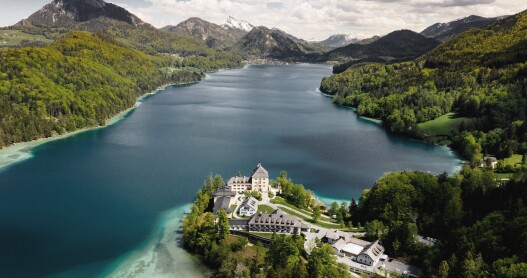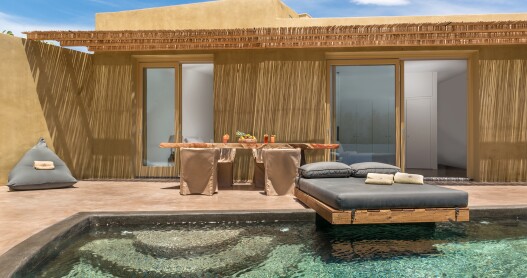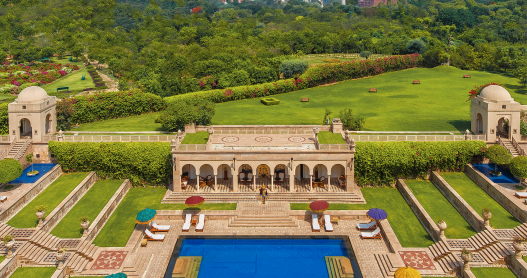Overview
Can’t miss things to do in Kerala
Beaches, backwaters, and tea and spice plantations aside, there’s a lot of history to be enjoyed in Kerala. Stroll around Fort Kochi, the historic core of the city, and travel back to the time of spice traders and merchants along the lanes of Jew Town, past the Paradesi Synagogue. Visit the Santa Cruz Basilica and St. Francis Church, before heading to Mattancherry to enjoy the murals and temple art at Mattancherry Palace, a 1555 gift from the Portuguese to the Raja of Kochi. Kerala is home to some of the biggest temples in India and is a popular pilgrimage destination, with temples like the historic Sri Padmanabhaswamy Temple in Thiruvananthapuram, the Guruvayur Temple in Guruvayur, and Vadakkunnathan Temple in Thrissur.
Culture in Kerala
Dance, music, and art are ingrained in the local way of life. Many Indian classical dance forms trace their roots to Kerala’s waters. The most well-known of these are kathakali—a dance drama traditionally performed only by men—and the graceful, 16th-century form of mohiniattam, a temple dance performed only by women. Kerala is also known for its ancient practice of kalaripayattu, a dramatic martial art form that dates back 3,000 years; daily shows take place at the Cochin Cultural Centre in Kochi. Modern forms of artistic expression are also revered; Kerala’s film industry is famous for churning out Malayalam masterpieces and blockbusters, rivaling the Hindi film industry based out of Mumbai.
Food and drink to try in Kerala
Three big influences dominate Kerala’s culinary culture: Hindu vegetarian preparations, which include the festive sadhya—a banquet of at least 20 dishes served on banana leaves—and popular rice-based snacks such as dosas and idlis; the Islamic influences of Malabar cuisine, known for its aromatic biryanis and flatbreads served with beef fry; and Syrian Christian flavors, with roast duck, stews, and crepes, as well as rich Christmas cakes. All three styles of cuisine make good use of coconut, both grated and in milk form. Seafood and root vegetables are also common, as are an assortment of homegrown spices.
Shopping
Kerala isn’t a place where you stock up on soft cottons and colorful footwear. In Kerala, you stock up on metals: brass, bronze, copper, and gold. Ornate brass and copper vessels, statues, and idols are particular specialties. In addition, given the popularity of jewelry in the state, there’s a gold shop on every other street corner. Products made from coir, a coconut fiber, are also a big draw, and include masks, mats, and handbags. Other items to look for include wood carvings, elephant figurines, foot stools, and unique vintage items, including ornate furniture. Shipping can be arranged by most sellers, if necessary. If you prefer to travel light, buy a bag of fresh, homegrown spices.
Practical Information
The weather in Kerala is comfortable from late October to May; June to September is monsoon season. Kerala has three airports that serve international and domestic destinations: Kochi, Thiruvananthapuram, and Kozhikode. All foreign visitors require an Indian visa. You can get around in private taxis, or take tourist buses and trains for longer distances. Malayalam is the local language, but English is widely understood. Local transactions are made in the Indian rupee (INR); hotels, big stores, and restaurants accept credit cards, but smaller establishments might not. ATMs are widely available. Most bills include a service charge in lieu of tip; if this is not added, it’s common to tip 10%. Electricity is 220 volts.






















